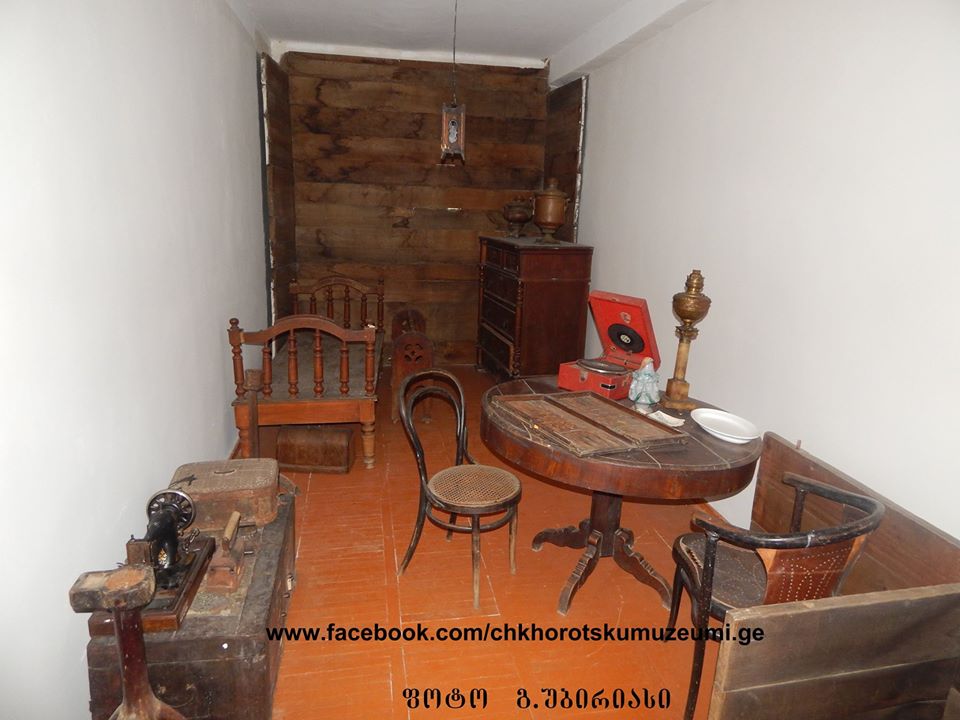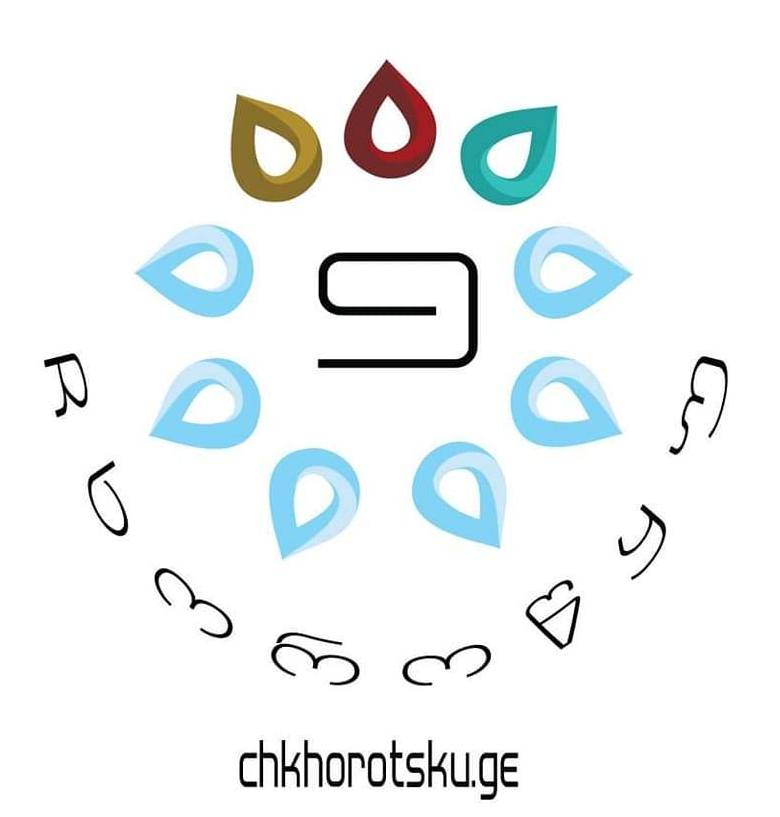Sericulture in Georgia has a long history. The thread obtained from the silk park was used to make various types of fabric. Since the mid-19th century, silk factories were opened. In 1860, in the village of Lesichina, the princely peasant Basa Sichinava, together with the Greek Marcopoulos, founded a silk factory.

Before that, he had been a silk merchant for several years. The plant operated on 40 machines that were manually driven. The silk products produced here were regularly sent by the industrialist to Marseille.
In the 70s of the nineteenth century, the production of Basa Sichinava expanded. 70 workers worked here. The cost was up to 10,000 rubles. The products were sold in Marseille and Lyon. During the crisis years, B. Sichinava traded with the silk Park.
The silk produced at Basa Sichinava was of high quality.
According to the Kavkaz newspaper, Sichinava received a silver medal from Georgia at the Russian industrial exhibition in Moscow in 1882 for organizing a steam silk factory of the highest quality.
“Caucasian calendar” according to the data of 1885, considers the silk factory especially worthy of attention
For a long time, the Basa Sichinava plant was the only one in Western Georgia.
His works were published in Georgian and foreign publications of that time. This company lasted until the 90s. In 1893, the factory burned down.
Only a few buildings survive. G. N. Tarainov, who arrived in Lesichine, tells us about the history, achievements and future of the plant, the activities of Basa Sichinava. The collection was published in 1894
Basa Sichinava continued to trade, producing high-quality silk seeds from abroad and distributing them to the villagers
He was going to revive production.Basa Sichinava was a philanthropist, in 1887 he published a letter in the newspaper” ciscari ” about the problems of viticulture in Samegrelo. BASA sichinawa died in 1897.
His business was continued by his children, Simon Sichinava went to France in 1897 to study sericulture, where he spent two years.
In 1899, the “Iveria” by Ilia Chavchavadze published a comprehensive letter of LeschinE silk factory. It is mentioned that B. Sichinava’s children encouraged silk craft, expanded and improved silk production. They distributed the best silk seeds to various firms made by pasteurization, distributed good material to the population, and received a good harvest.
Basa Sichinava’s heirs continued to trade until the first years of Soviet rule
Anzor Sichinava



